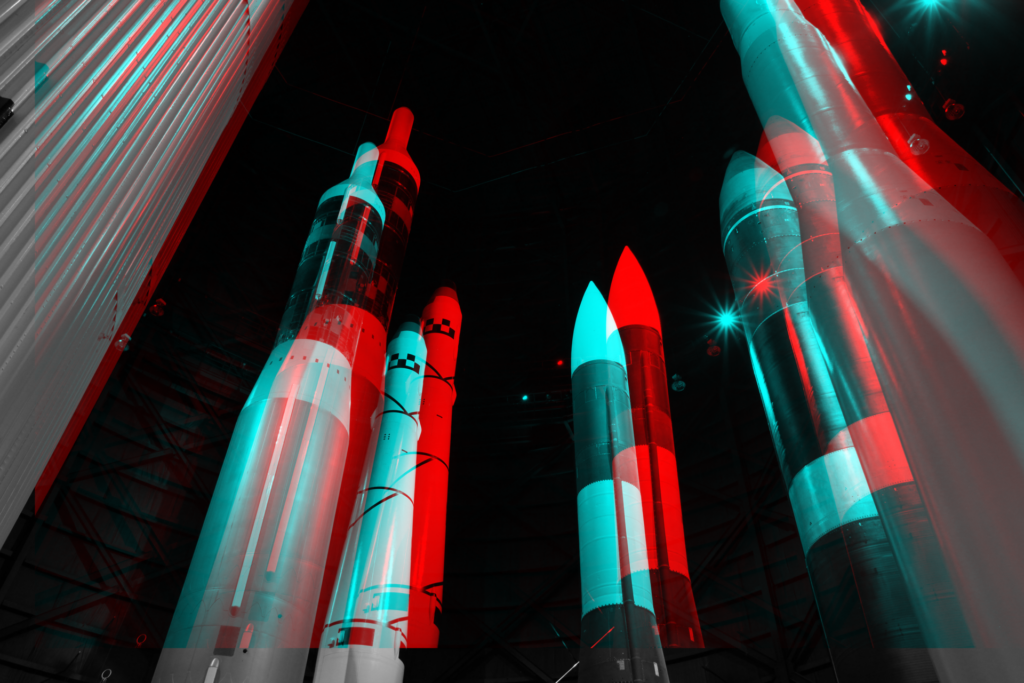François Diaz-Maurin

As we wrap up the year, one event—or rather a non-event—stands out: Russia has not used nuclear weapons in Ukraine. This is not a trivial outcome. One year ago, concerns among experts and officials over this possible scenario was at their highest, with repeated, thinly veiled threats to use them and Russia’s new policy to deploy nuclear weapons in Belarus. Prospects were so grim that UN Secretary-General António Guterres highlighted these nuclear concerns in opening his annual remarks to the United Nations General Assembly in New York.
That Russian President Vladimir Putin decided not to use nuclear weapons can be subject to different interpretations. His decision may have been based on moral concerns, fear of international backlash, or fear of uncontrollable escalation. But the decision could well also be the result of a sudden realization that nuclear weapons, practically speaking, have no military value on the battlefield.
Nearly two years into the war, however, the risk of nuclear weapon use in Ukraine cannot been dismissed completely: Russia continues to consider part of Ukraine as its own territory, and Russia’s nuclear doctrine states that it may use nuclear weapons to defend its territory. No one can know how the Kremlin would react should Ukraine make any breakthrough in these territories after the winter is over or if Russia’s economy of war starts to crack. And one fact is obvious: Both countries consider this war to be existential and have no intention of stopping the fight.
On the frontline, the situation at the six-reactor Zaporizhzhia nuclear power plant—Europe’s largest—remained critical. The embattled plant’s site continued to endure fire, structural damage, temporary losses of external power, and operator stress. Russia allegedly destroyed the Kakhovka dam, the plant’s cooling reservoir and a major source of water for drinking and irrigation, and experts feared for intentional sabotage on the plant itself. Meanwhile, analysts still had difficulty articulating clear protection measures against military attacks on nuclear reactors.
Globally, the world experienced renewed interests in nuclear weapons as countries looked for ways to ensure their security in the context of rising global tensions. Fearing that “Ukraine today may be Asia tomorrow,” some leaders in South Korea and Japan pressed the United States to reinforce its extended deterrence to Seoul and Tokyo. Pakistan continues to gradually expand its nuclear arsenal with more warheads, more delivery systems, and a growing fissile material production industry. And experts voiced concerns that nuclear-armed countries continue proliferating their nuclear technologies and materials in the Middle East and beyond. In the United States, a congressional commission has called for adding new nuclear capabilities to counter China’s growing nuclear arsenal—a strategy critics consider ineffective and potentially leading to a nuclear arms race.
On the diplomatic front, two major arms control treaties were all but scrapped this year, with Russia suspending its participation in New START (the US-Russian treaty that limits their deployed long-range nuclear forces) and revoking its ratification of the Comprehensive Nuclear-Test Ban Treaty (CTBT).
Despite these setbacks, the nuclear arms control and disarmament community has continued to confront nuclear proliferation and press the United States to engage in concrete nuclear arms control negotiations with China.
Here are six Bulletin nuclear stories that marked 2023—and that you should read.
Despite Russia’s treaty suspension and US countermeasures, strategic arms control can still have a bright future if both sides act now, argues Steven Pifer, a former US negotiator. In this piece, Marshall Brown, a former legal advisor to the US New START delegation, also details the impact of US countermeasures to Russia’s treaty violations.
In this piece, the executive director of the Arms Control Association, explains how China’s growing nuclear capabilities imply more responsibilities and details strategies for a successful bilateral nuclear arms control dialogue with the United States.
The recent report by the Congressional Commission on the Strategic Posture of the United States encourages a new arms race and a nuclear buildup, Tara Drozdenko, the director for the Global Security Program at the Union of Concerned Scientists, writes. The commission paints a bleak picture of the near-term international security environment, but its recommendation to expand the US nuclear arsenal would make a bad situation worse, Drozdenko argues.
Because it will face an intense “use-it-or-lose-it” dilemma, North Korea will likely employ nuclear weapons early if war erupts on the Korean peninsula, argues Robert Kelly, a professor of political science at Pusan National University in South Korea. At the time of attack, the allies should respond with non-nuclear arms as long as politically feasible. And ahead of any attack, the United States should deconcentrate its northeast Asian footprint, to reduce North Korean opportunities to engage in nuclear blackmail, Kelly argues.
Russian and Ukrainian officials making decisions about the Zaporizhzhia Nuclear Power Plant are challenged by a complex safety and security profile, explains Mark Hibbs, a nuclear expert and senior associate in Carnegie’s Nuclear Policy Program. No single reactor-management option will address all hazards as long as the war continues, Hibbs argues.
In an interview with the Bulletin, nuclear expert Mycle Schneider reviews the status and trends of the world nuclear industry and explains why it’s impossible to triple nuclear energy capacity by 2050, as countries pledged at a recent climate conference. “This pledge is completely, utterly unrealistic,” Schneider says.
No comments:
Post a Comment